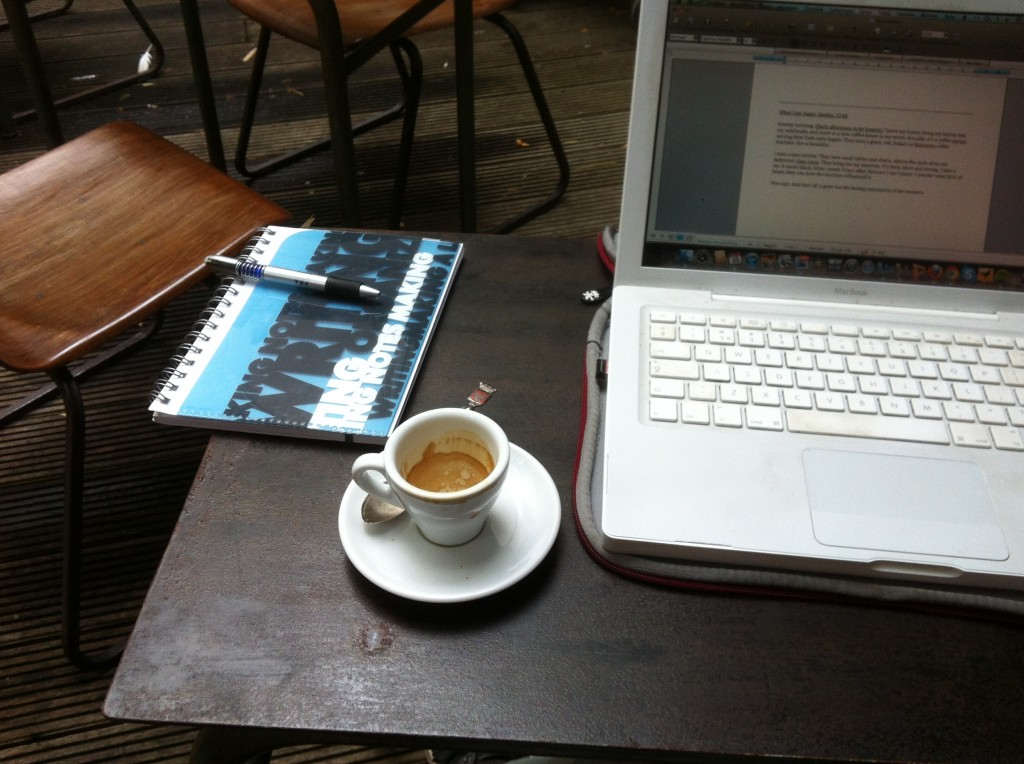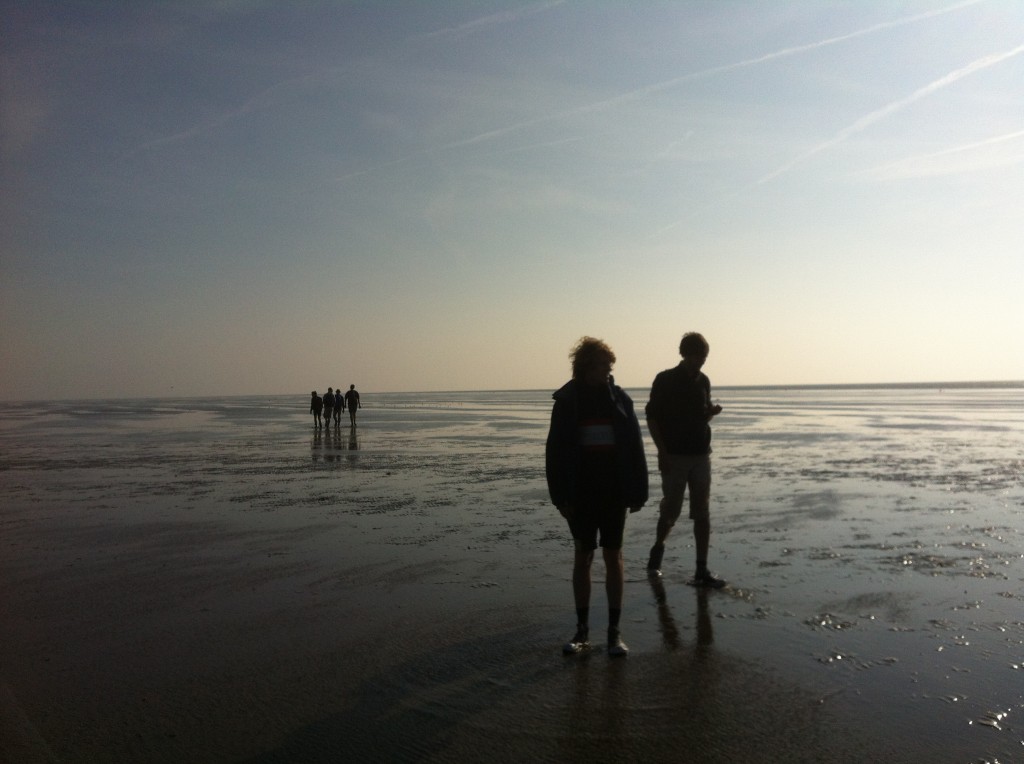In the last days I’ve read dozens of articles about the Charlie Hebdo attacks in Paris. I’ve followed most of the news in real time. I read the details about how the terrorist got into the building. How they shot their victims. The terror of the staff that survived. The execution in cold blood of a police officer, unaware of the cameras (I refrained from watching the video). Their flight and the police’s search of the forest. The standoff in the printer ending with them being killed.
Like many French, Europeans and global citizens I am outraged. I am outraged about the attack to freedom of speech. I am outraged about indiscriminate attacks of terrorists with Kalashnikovs in response to Charlie’s indiscriminate attacks with pens against everything that could be ridiculed. I am outraged that in a democratic society people can be killed for expressing an opinion – even if that opinion hurts, is wilfully insulting or occasionally tasteless as is the case for some of the cartoons of Charlie Hebdo.
Freedom of expression can hurt. Freedom of expression can insult and offend. But even provocation must be possible in a public debate. Whether something is insulting or tasteless is not a criterion for the freedom of expression. There are two criterions that Charlie Hebdo, my daily newspaper, myself as a blogger, and any other citizen should respect when deciding whether or not to publish something. First: does it meet the requirements of the law? Does a cartoon incite hatred? And secondly: does a publication match my personal values?
My values are not the same as Charlie Hebdo’s. I use my freedom of speech in a different way. I am not writing to criticise and offend people. I won’t publish cartoons that I know that are offensive. That’s not my role as a happiness blogger: it is not my purpose or style. But all institutions of power should be ridiculed – often there are many good reasons to do so. There is a lot of hypocrisy and stupidity in politics, religion, and any other dimension of public life that deserves to be criticised. I leave that to the cartoonists and satirists that thankfully take on that role in our vibrant democracy.
I stand for democracy, the public debate, and even for their right to offend.
Therefore, today, I am Charlie. Je suis Charlie.














